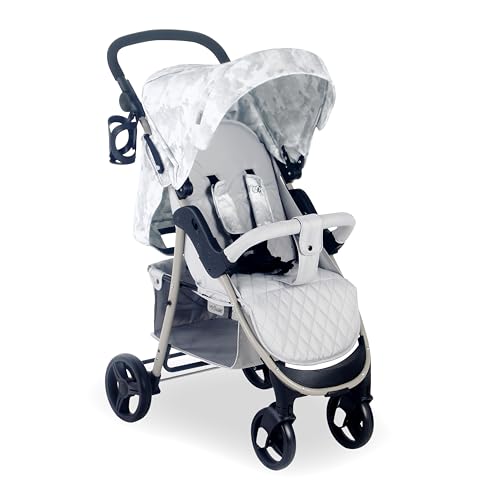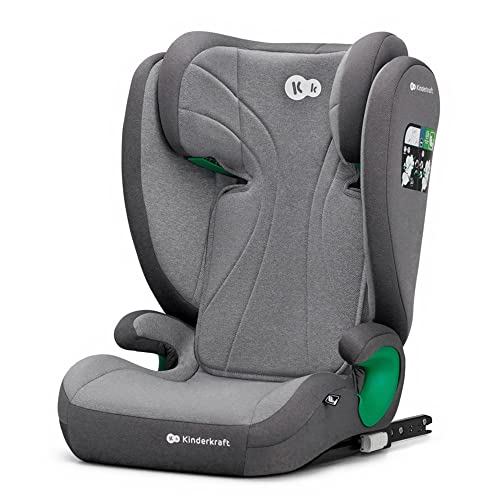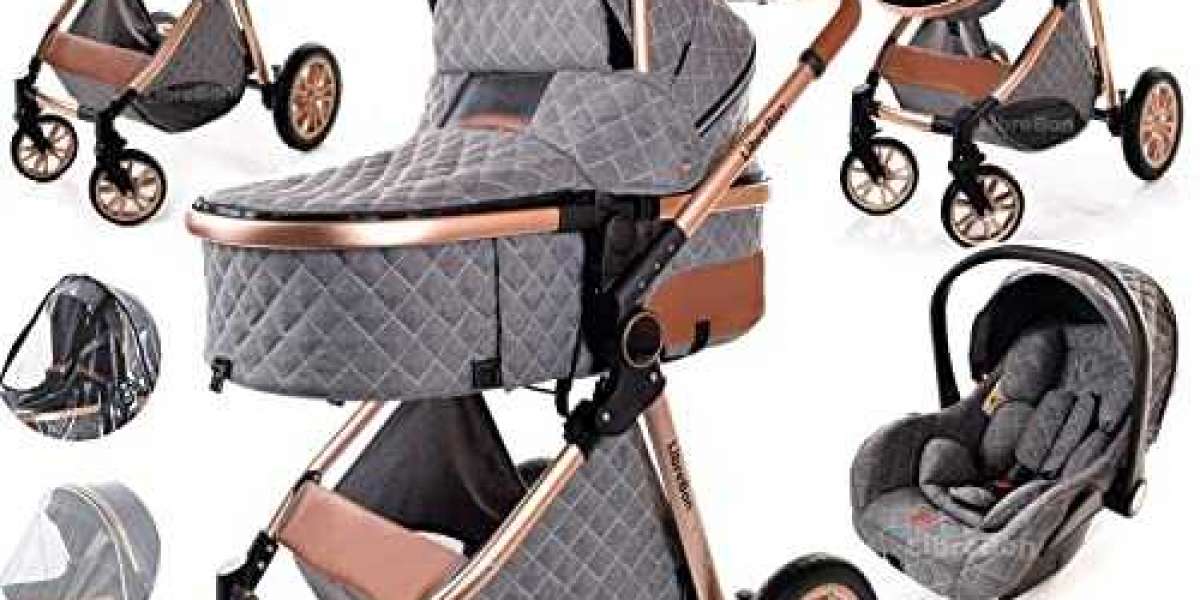
For parents, especially those navigating the journey of parenthood for the first time, selecting the right pushchair can feel like a monumental task. With a wide array of brands, styles, and features on the market, analyzing what suits your specific needs can be daunting. Pushchairs are no longer just simple devices for transporting babies; they now come packed with an assortment of features designed to enhance comfort, safety, and convenience. This article dives deep into what you need to know when buying a pushchair, helping you make an informed decision.
What Is a Pushchair?
A pushchair, also known as a stroller or buggy in some countries, is a wheeled device designed to allow parents or caregivers to easily transport infants or young children. Pushchairs are typically used from the newborn stage all the way through to toddlerhood, and they come in a variety of designs to cater to different lifestyles. Some models are simple and lightweight for quick trips, while others are robust enough for long walks and navigating rough terrain.
Key Factors to Consider When Choosing a Pushchair
1. Age and Size of Your Child
The type of pushchair you choose will depend heavily on your child’s age and size. Here’s a quick breakdown:
- Newborns: Newborn-friendly pushchairs must allow your baby to lie completely flat, as this position supports healthy spine and lung development. Bassinet-style models or pushchairs with fully reclining seats are ideal for newborns.
- Toddlers: Many pushchairs have seats that can be adjusted into an upright position to better accommodate older infants or toddlers. These strollers are also designed to support more weight as your child grows.
2. Lifestyle and Daily Use
Your lifestyle will dictate the type of pushchair that best suits your family. For example:
- Urban Living: Compact, lightweight pushchairs that fold easily are great for navigating crowded city streets and public transport.
- Suburban Living: Full-size pushchairs with larger storage areas and robust wheels may be better suited for strolling through parks or taking long walks.
- Active Lifestyles: If you plan to jog or hike with your child, consider an all-terrain pushchair or jogging stroller. These are designed with large, durable wheels and enhanced suspension to handle uneven surfaces.
3. Ease of Folding and Portability
Many parents overlook how important it is to have a pushchair that folds easily. If you're frequently on the go or using public transport, you may need a pushchair that effortlessly folds into a compact bundle. Some models even collapse with one hand, a lifesaver when your other hand is holding a wiggly baby.
4. Safety Features
Safety is paramount when choosing a pushchair. Look for features such as:
- Five-Point Harness System: To keep your child securely strapped in.
- Lockable Front Wheels: For added stability when navigating uneven terrain.
- Reliable Brakes: Foot-operated brakes or hand brakes are essential for keeping the pushchair stationary on slopes.
- Quality Build: Ensure the pushchair complies with safety standards and is built with durable materials.
5. Comfort and Additional Features
For ultimate convenience and comfort, consider whether the pushchair has:
- Padded, adjustable seats for extra comfort.
- A sun canopy or rain cover to protect your baby from harsh weather conditions.
- Ample storage space for a diaper bag, shopping, or other essential items.
- Reversible seats, so you can choose whether your child faces you or the world around them.
Types of Pushchairs
Understanding the different types of pushchairs available can also streamline your decision-making process.
Standard Pushchairs: These are traditional, full-sized options built for durability and comfort. They typically feature reclining seats, storage compartments, and adjustable handlebars.
Travel Systems: These come with a detachable car seat, allowing for seamless transitions between the car and pushchair without having to wake up your baby.
Lightweight Strollers: Also referred to as umbrella strollers, these are compact, portable, and easy to fold. They are ideal for travel or short errands.
Jogging Strollers: Designed for active families, these strollers feature three large tires, superior suspension, and ergonomic handles to make jogging or hiking with a baby more manageable.
Double or Tandem Strollers: Perfect for families with twins or multiple small children, these strollers have enough room for two or more passengers.
Buying New vs. Buying Second-Hand
Buying a second-hand pushchair can save money, but it’s essential to ensure safety standards are met. If you’re considering a second-hand pushchair, check for wear and tear, safety recalls, or missing parts. If possible, opt for a new pushchair, as this ensures it meets current safety regulations and comes with a warranty for peace of mind.
FAQs
Q1: What is the difference between a pushchair and a pram?
A: A pram is designed for newborns and typically allows the baby to lie flat, whereas a pushchair is a more general term that can be used for toddlers and older babies who are able to sit upright.
Q2: How long can I use a pushchair for my child?
A: Most pushchairs can be used from birth to around 3–4 years old, depending on the model and weight capacity. Always check the manufacturer’s guidelines for weight limits.
Q3: Are pushchairs airline-friendly?
A: Lightweight and compact strollers are generally airline-friendly and allowed in overhead compartments or checked at the gate. It’s best to check with your airline for specific rules.
Q4: Can I jog with a standard pushchair?
A: No, jogging or running with a standard pushchair is not recommended. For this purpose, invest in a jogging stroller designed for high-impact activities.
Q5: Are all pushchairs compatible with car seats?
A: No, only travel system pushchairs are designed to be compatible with car seats. Check compatibility before purchasing.
Pro Tips for Buying a Pushchair
- Test it out: Always test a pushchair in stores before buying. Check for prams Twin (Www.pushchairsandprams.uk) comfort levels, ease of folding, and maneuverability.
- Consider future needs: If you’re planning to grow your family, consider models that can expand into a double stroller.
- Measure your car boot: Ensure the pushchair fits into your car’s storage space.
- Look for accessories: Some pushchairs come with accessories like cup holders, organizers, or snack trays, which can be incredibly handy.
Choosing a pushchair is a significant decision for parents, as it directly impacts your baby’s safety and comfort and your convenience. By considering factors such as your child’s age, your lifestyle, safety needs, and extra features, you can find a pushchair that checks all the boxes. Take the time to test out different options, read reviews, and ask fellow parents for recommendations. With the right pushchair, everyday outings with your little one will become joyful and hassle-free experiences.









